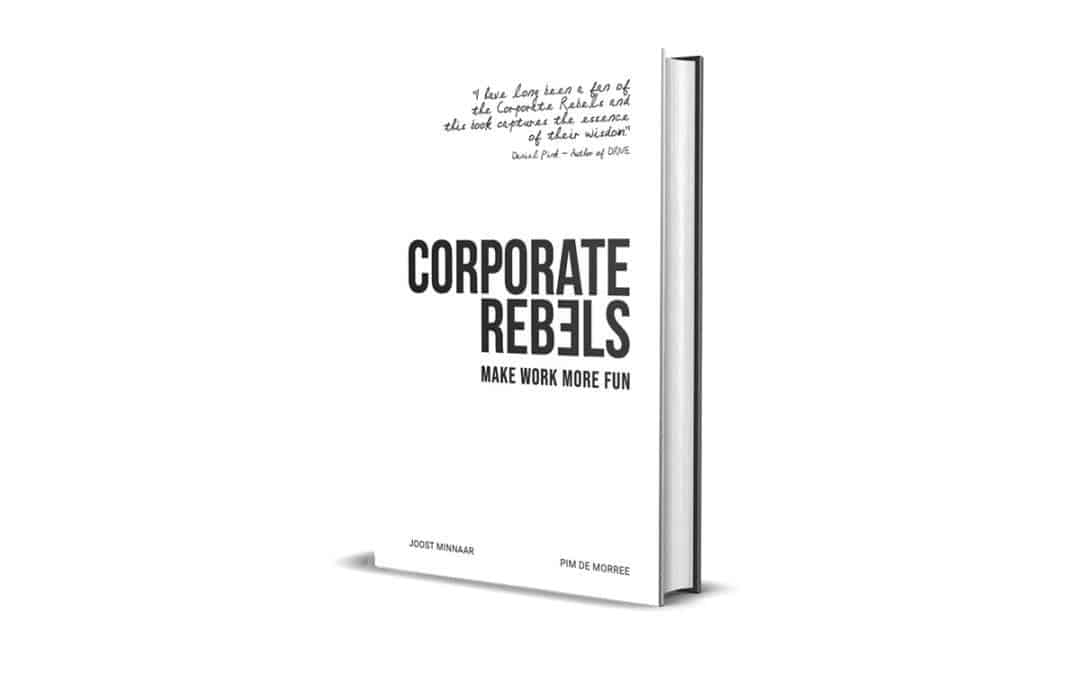Important takeaways of this book
- The organizations we consider “normal” and which we take for granted, are often hierarchical, slow and bureaucratic, not very attentive to employees and customers. This only represents one possible way of how work can be organized, and it is the least effective one, nowadays.
- Instead, it is possible to do business, to grow, to earn money, to have happy customers and employees by adopting new organizational practices. This means practices which are already existing and implemented in different parts of the world, by organizations of all kinds (large or small, private or public, in traditional or innovative sectors).
- Organizations are living realities, with well-defined evolutionary trajectories (8, according to the authors), and those who know how to make them evolve in a coherent way will have the greatest chance of being successful.
Quotations
Here’s the message. Work can be fun. Work should be fun (page 12)
How we spend our days is, of course, how we spend our lives (page 30)
That made it difficult to not hire someone who had excellent skills but did not match our core values. So, we do the cultural interview first. This little change really helped strengthen us (page 44)
It is painfully obvious the system in which many people still work, was created for a stable, slow and predictable world that no longer exists (page 60)
People are responsible adult at home. Why do we suddenly transform them into adolescents with no freedom when they reach the workplace? (page 162)
This is a story of the inspiring power of rebellion. You don’t have to be a CEO to change working methods. Nor do you need the approval of the HR department. (page 205)
Structure and main content of the book
The authors Pim De Morree and Joost Minnaar (the Corporate Rebels), after visiting over 100 companies in 5 Continents and 30 different countries in the last 4 years, have identified these 8 evolutionary trends
1. from Profit to Purpose & Values
2. from Hierarchical pyramid to Network of teams
3. from Directive leadership to Supportive leadership
4. from Plan & predict to Experiement & adapt
5. from Rules & control to Freedom & trust
6. from Centralized authority to Distributed decision making
7. from Secrecy to Radical transparency
8.from Job descriptions to Talents & mastery
The text is divided into 8 chapters. Each chapter focuses on one trend.
Usually, in each chapter the experiences of two companies are presented (from Patagonia to Haier, from Spotify to Semco, from Buurtzorg to the American Navy) and, at the end, 5 different levels of realization are illustrated.
Conclusion
The value of this book is to testify, through very different stories, the possibilities that organizations have today to innovate and become the best version of themselves.
This approach is also a limit, because those looking for theories will not find them, as well as those looking for recipes or explanations (for example the reason for having selected these 8 trends and not others), will be disappointed.
In the first hypothesis of the structure of this book, there was also a 9th chapter, now absent, dedicated to how to guide organizational evolution. This represents an important shortcoming, which can be filled… by contacting the authors…. or us at PRIMATE ;;)), since as you know we help people and organizations to design and implement their evolution.
